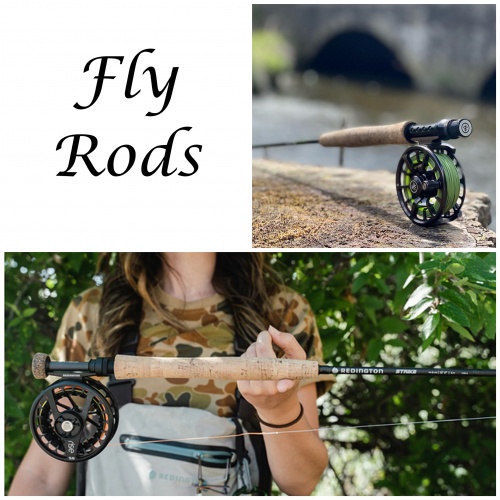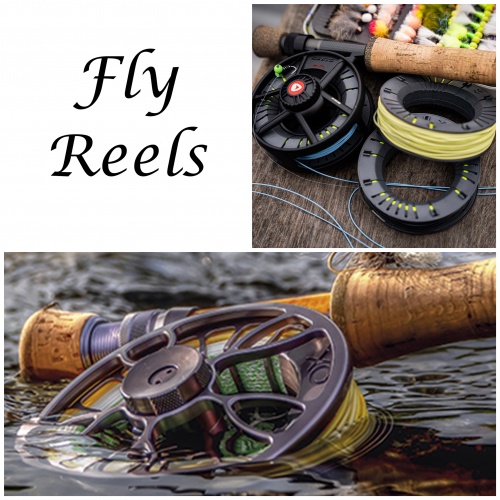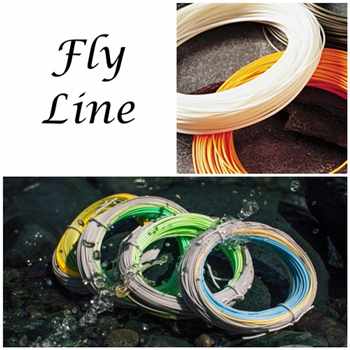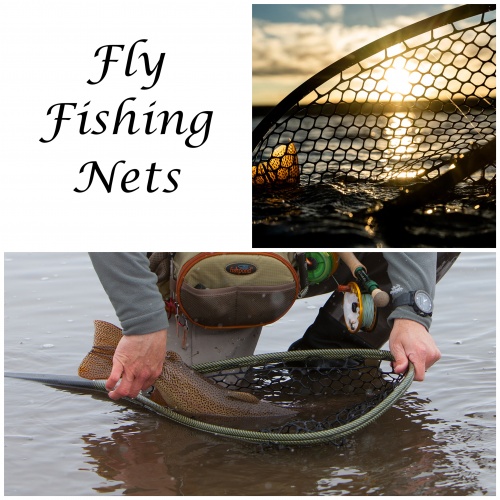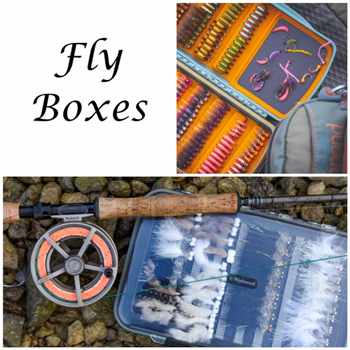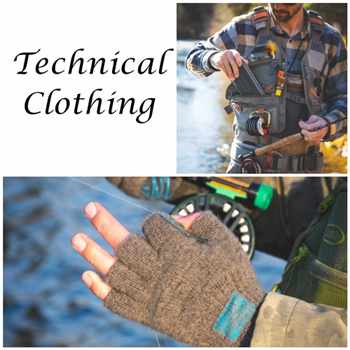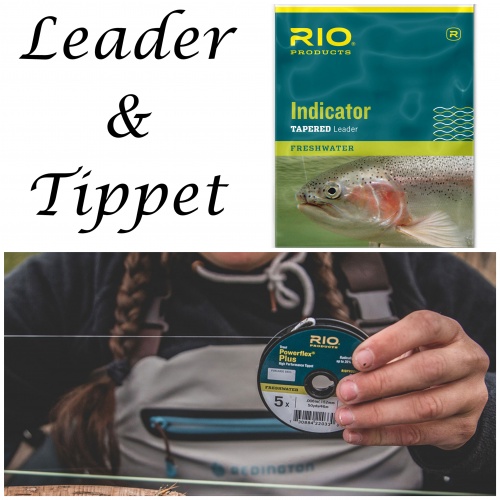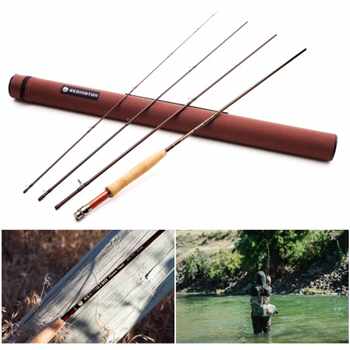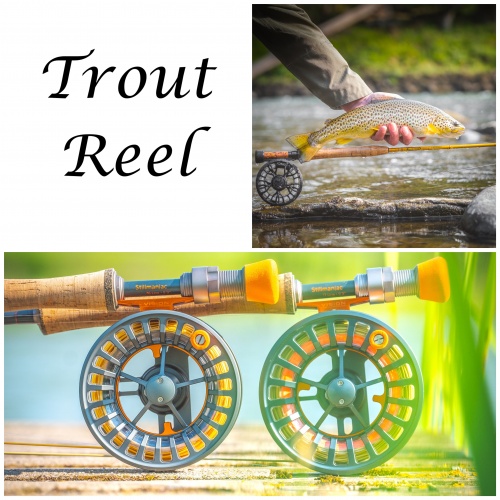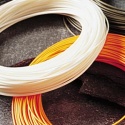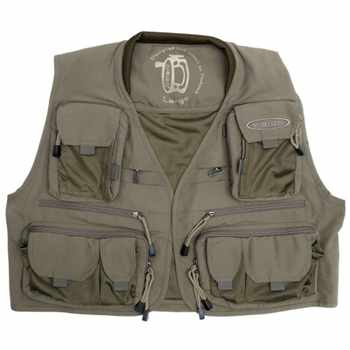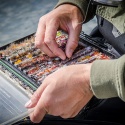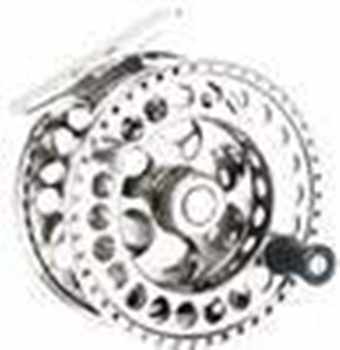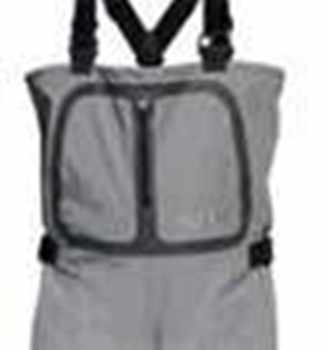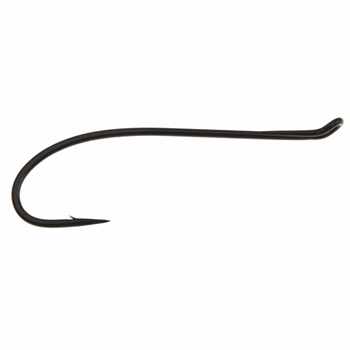Taper and Weight of Fly Fishing Lines: 1
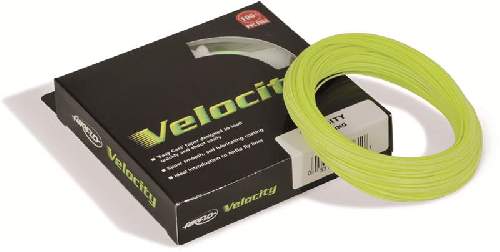 What’s most important in fly fishing lines, taper or weight? You’ve go double taper (DT) or weight forward (WF), and one may be better than the other for you, it’s a matter of personal taste.
What’s most important in fly fishing lines, taper or weight? You’ve go double taper (DT) or weight forward (WF), and one may be better than the other for you, it’s a matter of personal taste.
But generalisations about these two kinds may be based on outdated or incorrect information. Anglers may have heard that double taper lines are more delicate, and give better control. In some cases, this is true, but but not invariably.
Delicacy of delivery is determined by the mass of the front part of the line, determined by line diameter and taper length. A line with a small diameter tip and a long taper has much less mass up front than one with a large tip and short taper. Don't be fooled by taper length alone, as a line with a long front taper and a large tip diameter will not deliver delicately. A DT and a WF line with the same taper and tip diameter will deliver equally well.
Anytime a fly line, or indeed any other piece of kit is designed to do one thing extremely well, it usually means shortcomings elsewhere. Delicate lines have little mass in the front to carry larger or heavier flies, and will not handle windy conditions well. It takes an experienced caster to throw the sort of loops for the best performance of these lines. While it is the cast that DT lines are easier to control and roll cast at long distances than WF lines, there is no difference at shorter distances. To get good line control and roll casting you need to make sure the large diameter line belly is in the rod tip. If the small diameter running line is in the tip, it's nigh impossible to impart enough energy through it to the belly to make the line do what you want. Many anglers do not appreciate that WF lines control and roll cast as well as DT lines at the distances most of us fish.
Our next fly fishing tip we will look more at the pros and cons of the different types of line.





